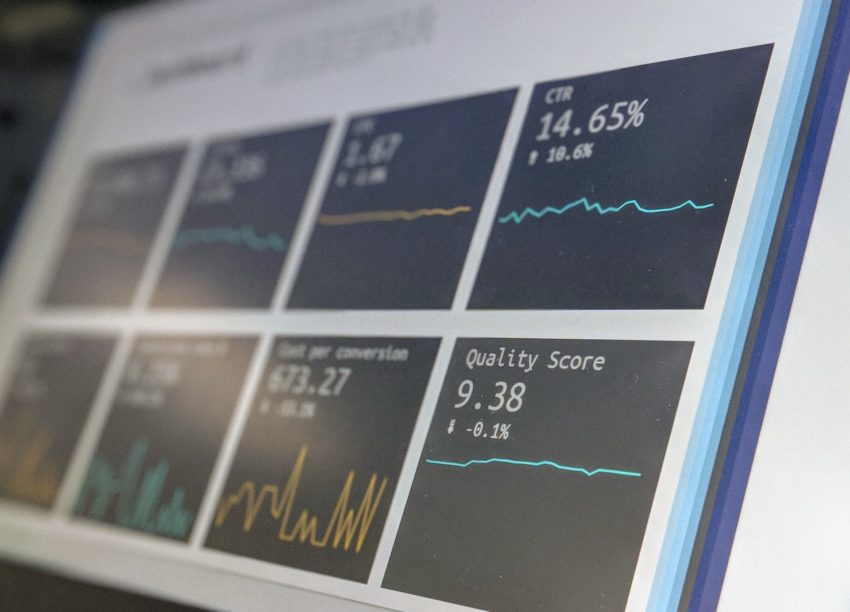The healthcare sector comprises several different industries such as pharmaceuticals, health insurance providers, and hospitals. Several variables affect investing in healthcare, including positive and negative trends related to demographics and reimbursement. Healthcare offers several investment opportunities for savvy investors looking for an attractive ROI.
Types of Healthcare Stocks

There are four main types of healthcare stocks. Investors can opt for drug stocks offered by drugmakers, biotech companies, and pharmaceutical companies that develop drugs. You can invest in medical device stocks from companies that manufacture everything from disposable gloves and thermometers to artificial heart valves. There’s also the option of payer stocks from health insurers and pharmacy benefits managers and healthcare provider stocks from hospitals, private practices, home health companies, and long-term care facilities.
There are several different types of investments that investors can pursue. Alternative investing in different asset classes is a great way to diversify your portfolio. Crowdfund platforms such as YieldStreet feature shorter-term debt offerings secured by collateral. The investing platform offers a wide range of investment options in alternative assets, including real estate, commercial finance, consumer finance, litigation finance (legal settlements), marine finance (vessel acquisition and deconstruction), and fine art.
Yieldstreet reviews explain that you must be an accredited investor with a high net worth who can make the minimum investment and afford both the annual and management fees. Yieldstreet investors are essentially lending money to borrowers and make a high yield return on each offering. The biggest risk to these short-term notes is borrower default which is why loans are backed by collateral.
How do you choose the right stocks?

There are four key things to keep in mind when evaluating your investment options. Look at the growth prospects of a company whose stock you are considering. If a company shows weak revenue growth, it’s not the best investment offering. The financial strength of a company is a key indicator of how profitable its stocks will become. You can read up on a company’s cash position and free cash flow (FCF) in its annual and quarterly regularity filing.
Always determine a healthcare stock’s valuation before purchasing it to ensure you get the fair market value. One of the most common valuation metrics you can use to determine a stock’s valuation is the price-to-earnings (P/E) ratio. Take note of a stock’s dividend yield or the portion of earnings shareholders are paid by the company. The stock payout ratio measures dividends as a percentage, showing how much cash is used to cover the dividend. The lower the payout ratio, the more likely it will be to make future dividends payments.
You perform due diligence before acting on an investment opportunity, so why not prepare for your next doctor’s appointment? Medica suggests 6 ways to make the best of your doctor’s appointment so you can enter the doctor’s office with confidence. Determine the purpose of your appointment and be prepared to discuss any health concerns you have. Figure out what type of patient you are and what you need in a doctor. Write a list of questions, including those about treatment options, and be sure to notate any medications you take. Be sure to have insurance referrals and authorizations before the appointment. Be yourself with your doctor and don’t be afraid to get familiar so they can better understand your life and deliver the care you need.
No investment is without risk.

All investment opportunities come with a degree of risk. Healthcare stocks face the risk of competitor products and services that will see more success in the marketplace. The healthcare sector is heavily regulated. Any failure to secure necessary regulatory approvals on drug and medical device makers could alter a healthcare stock’s growth potential. There are also litigation risks that could impact a stock’s value, such as patient lawsuits for medical negligence due to defective products. Finally, if there are no buyers for drugs or medical devices, companies won’t obtain reimbursement approvals and see their growth prospects decline.
Now that you understand how medical investing works, you can approach the next investment opportunity with confidence.
